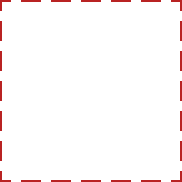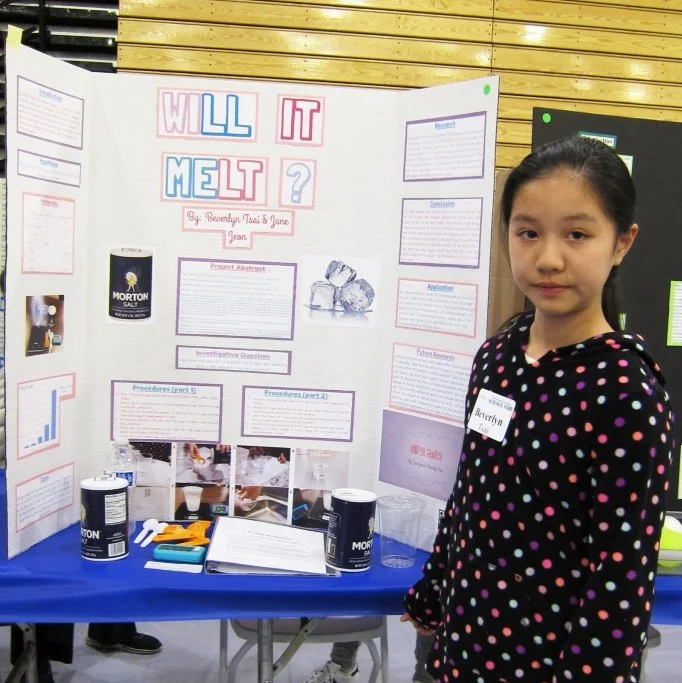Ever since third grade, I have been attending science fairs, though initially conducting science projects as school assignments. This all changed when I realized how excited I was about planting my mung beans under different colored cellophane covers. Every day after school, I was filled with excitement observing the growth of the plants and drawing scientific conclusions based on my experiments.
Since then, I have relished exploring a variety of scientific subjects and have continued to participate in science fairs every year. I find great satisfaction in presenting my research results at these events, and my topics have ranged from investigating plant and salt properties to exploring the electrical conductivity of household materials, as well as using Raspberry Pi for facial recognition to improve learning efficiency with AI.
In high school, my experience during the pandemic inspired my project using AI to improve learning efficiency. As an online tutor, I found it challenging to detect my students' level of engagement through a screen, especially as many were hesitant to ask questions. Failing to identify a student’s learning bottleneck became detrimental to how I proceeded with my teachings, and I recognized this as a critical issue to solve.
This led me to ponder how effective Artificial Intelligence and Machine Learning could be when applied to learning behavior analysis and providing learning engagement results to instructors. Because of this, I embarked on my AI research journey and conducted my first project, “Computer Vision with Biometric Information for Engagement Detection in Virtual Learning,” which targets advanced personalized learning that still remains my passion.
How My Stem Journey Started
To get my Raspberry Pi camera working, I had to program it with Python, despite learning Java first. It was my first real exposure to Python, and I was immediately amazed by and drawn to how it simplification with tasks compared to other languages, such as variable declaration. I was also impressed by its abundance of built-in modules, allowing beginners to create fun games quickly.
This excitement inspired me to share Python with other young coders in hopes of them finding this same wonder, leading to the beginnings of my YouTube channel. As a result, in 2022, I started my own YouTube channel teaching Python, which is something that soon grown into my second passion.








